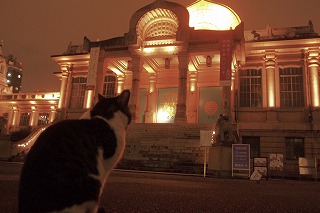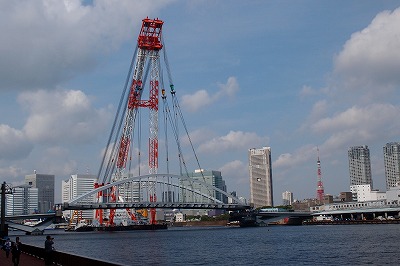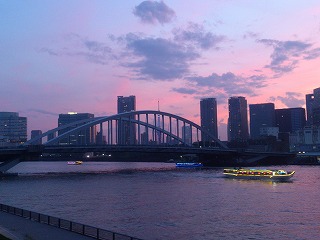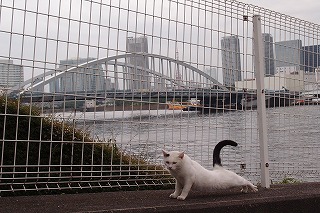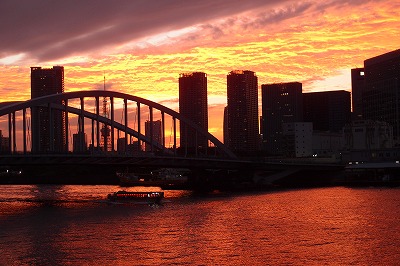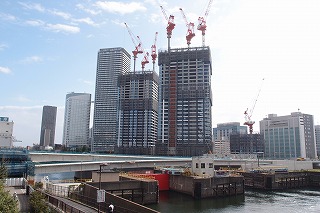When you get off Tsukiji Station on the Hibiya Line and walk toward Tsukiji Market, you will see "Tsukiji Honganji" on your left.
People who see this building for the first time may be overwhelmed by its appearance.
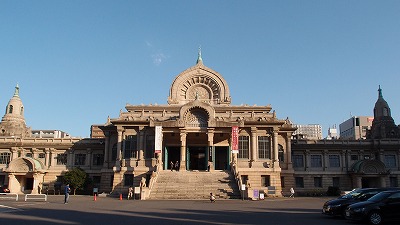 It is an ancient Indian-style building completed in 1934 (Showa 9) before the war, and I think it is a design that is rarely seen in Japan registered Tangible Cultural Property.
It is an ancient Indian-style building completed in 1934 (Showa 9) before the war, and I think it is a design that is rarely seen in Japan registered Tangible Cultural Property.
The person who designed it was Chuta Ito, the first architect to receive the Order of Culture.
One of the features of Chuta Ito's design is that many fantasy animals and phantoms are incorporated into the building.
For example, the Kanematsu Auditorium of Hitotsubashi University in Kunitachi City and the Tokyo Metropolitan Memorial Hall in Sumida-ku are known.
And this Tsukiji Honganji also has a lot of animals, so I went to look for ![]() it.
it.
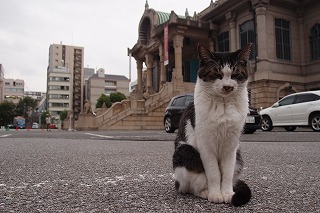
First of all, on the outer stairs entering main hall, four lions greet the people. It's an unusual shape with wings.

After visiting in main hall, there was an area downstairs, and there was an animal garden there.
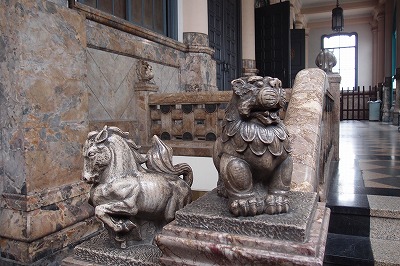
Birds, cows, lions and horses are sitting on the railings of the stairs.

When you go down the stairs, you will see more monkeys and elephants.

If you look around the temple, is it a youkai on the railing of the stairs in front of shrine office?
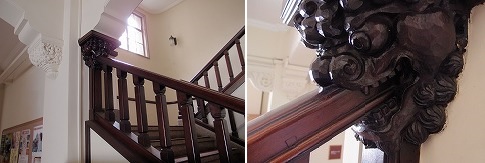
I was able to find it in the courtyard. If you still find it, you may find it.
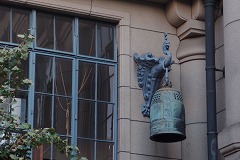
The buildings of Tsukiji Honganji Temple tend to be caught by its unique appearance, but the inside of the building is also different, and you can enjoy the unique atmosphere of this temple.
Of course, it's a solemn atmosphere.
Such animals live and there are stained glass pipes, pipe organs, etc., so it's a church rather than a temple? There is also an atmosphere like that.
 There is no admission fee.
There is no admission fee.
I hope you will feel free to come in.
The precincts of the night are also different, so be sure to take a look![]() .
.
